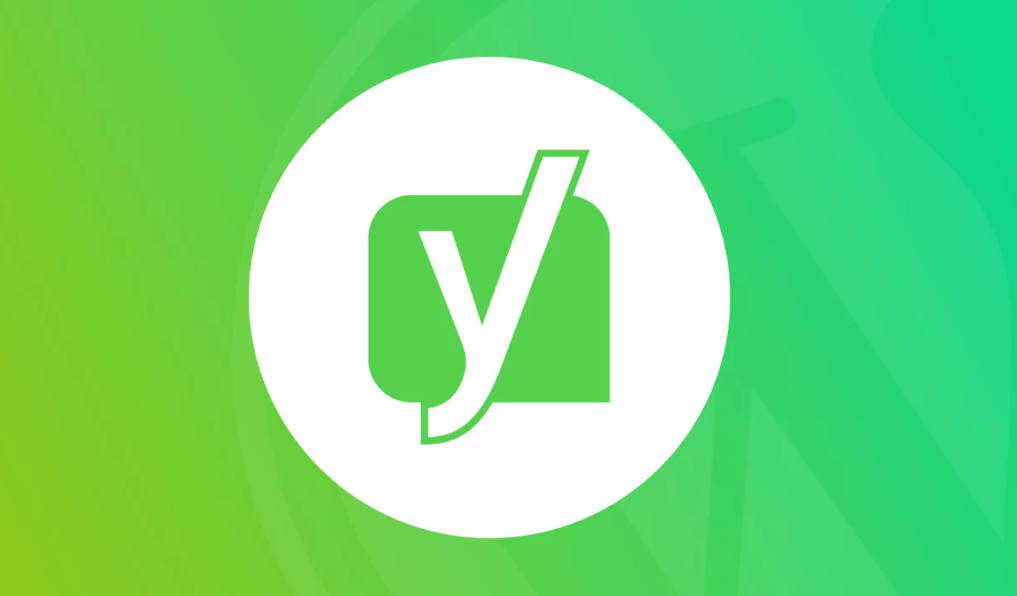In today's era of globalization, having a multilingual website is crucial for multinational companies or businesses that want to expand internationally. By setting up multilingual features on your website, you can better serve users from different regions, improve user experience and increase your business reach. In this tutorial, we will take you step-by-step through the process of installing and setting up a multilingual plugin on your WordPress website to ensure that your website can seamlessly support multilingual functionality.
Steps: Website Backend→Plugins→Add New Plugin
![Image[1]-How to set up a multilingual plugin in a WordPress website to enhance the international user experience - Photon Flux | Professional WordPress repair service, global reach, fast response](https://www.361sale.com/wp-content/uploads/2024/09/2024091009351596.png)
We need to go to the back-end of the site and find Plugins, then go to Install New Plugins and install a multi-language plugin
![Image[2]-How to set up a multilingual plugin in a WordPress website to enhance the international user experience-Photonflux.com | Professional WordPress Repair Service, Global Scope, Fast Response](https://www.361sale.com/wp-content/uploads/2024/09/2024091009373095.png)
As above, there are two very close language plug-ins, so how do we choose?
Choose the one on the left, the left is used by a large number of people and is highly rated, there is also one that has more optimization and support for SEO, so choose the first one without a doubt, click Install Now, then click Active
![Image[3]-How to set up multi-language plugin in WordPress website to enhance the international user experience - Photon Flux | Professional WordPress repair service, worldwide, rapid response](https://www.361sale.com/wp-content/uploads/2024/09/2024091009441678.png)
Then we set up the site and find theSettings→GTranslate
![Image[4]-How to set up a multilingual plugin in your WordPress website to enhance international user experience - Photon Flux | Professional WordPress repair service, global reach, fast response](https://www.361sale.com/wp-content/uploads/2024/09/2024091010003215.png)
Then we get aGTranslatePlugin settings page, as shown above
Widget look: choose a style you like, that is, the front-end display style(Figure below)
![Image[5]-How to set up a multilingual plugin in a WordPress website to enhance the international user experience-Photonflux.com | Professional WordPress Repair Service, Global Scope, Fast Response](https://www.361sale.com/wp-content/uploads/2024/09/2024091010164315.png)
Choose one you like and preview it on the right side
Translate from: is the main language of the site, if your site layout is the English language is set in English, if it is in Chinese to Chinese-based, simple to understand is that your site in the decoration of the layout is in English or Chinese, as follows
![Image[6]-How to set up multi-language plugin in WordPress website to enhance the international user experience-Photonflux.com | Professional WordPress Repair Service, Global Scope, Fast Response](https://www.361sale.com/wp-content/uploads/2024/09/2024091010183454.png)
These two are required to pay version, that is, the translation is better, you can understand this way, (as follows)
![Image [7]-How to set up a multilingual plugin in a WordPress website to enhance the international user experience-Photonflux.com | Professional WordPress Repair Service, Global Scope, Fast Response](https://www.361sale.com/wp-content/uploads/2024/09/2024091010243461.png)
![Image[8]-How to set up a multilingual plugin in a WordPress website to enhance the international user experience-Photonflux.com | Professional WordPress Repair Service, Global Scope, Fast Response](https://www.361sale.com/wp-content/uploads/2024/09/2024091010293284.png)
CDN can be considered to be turned on to improve loading speeds
Native language names: not recommended to be turned on, will disable the icon
Auto switch to browser language: Auto switching is not recommended as it affects the customer experience.
Show in menu: you can add to the menu, to a certain main navigation menu or cell phone menu or other menus, of course, you can according to the actual front-end effect, if the effect is not good, there are other ways (as follows)
![Image [9]-How to set up a multilingual plugin in a WordPress website to enhance the international user experience-Photonflux.com | Professional WordPress Repair Service, Global Scope, Fast Response](https://www.361sale.com/wp-content/uploads/2024/09/2024091010313618.png)
Show floating language selector: of course you can make him hover in a certain position, top left or right or bottom left or right (as below)
![Image[10]-How to set up multilingual plugins in WordPress website to enhance international user experience - Photon Fluctuation | Professional WordPress repair service, global reach, fast response](https://www.361sale.com/wp-content/uploads/2024/09/2024091010333714.png)
Open direction: Expanded position from there, choose the default from the top
![Image [11]-How to set up a multilingual plugin in a WordPress website to enhance the international user experience-Photonflux.com | Professional WordPress Repair Service, Global Scope, Fast Response](https://www.361sale.com/wp-content/uploads/2024/09/2024091010354648.png)
Flag style: the style of the icon, there are 2D and 3D options, provided that your overall style is to choose to have the icon will make a difference Oh (as follows)
![Image[12]-How to set up a multilingual plugin in a WordPress website to enhance the international user experience-Photonflux.com | Professional WordPress Repair Service, Global Scope, Fast Response](https://www.361sale.com/wp-content/uploads/2024/09/2024091010361244.png)
Select as many languages as you need to display, check as many as you want, (as shown below)
![Image [13]-How to set up a multilingual plugin in a WordPress website to enhance the international user experience-Photonflux.com | Professional WordPress Repair Service, Global Scope, Fast Response](https://www.361sale.com/wp-content/uploads/2024/09/2024091010381089.png)
Of course, if you think his effect is still not satisfied, you can add css code to change, as follows
![Image [14]-How to set up a multilingual plugin in a WordPress website to enhance the international user experience-Photonflux.com | Professional WordPress Repair Service, Global Scope, Fast Response](https://www.361sale.com/wp-content/uploads/2024/09/2024091010393085.png)
If you don't like any of his presentation methods, then there is another one
![Image[15]-How to set up a multilingual plugin in a WordPress website to enhance the international user experience-Photonflux.com | Professional WordPress Repair Service, Global Scope, Fast Response](https://www.361sale.com/wp-content/uploads/2024/09/2024091010403851.png)
As above, copy this
[gtranslate]
The shortcode to the header goes through the HTML text block and then displays, where you need it, so that it basically meets all of your needs
But please note that this is only to meet your basic multi-language translation, you need to open the vpn, and only translate the content of the web page, the picture there are some modules can not be translated, as follows
![Image[16]-How to set up a multilingual plugin in a WordPress website to enhance the international user experience-Photonflux.com | Professional WordPress Repair Service, Global Scope, Fast Response](https://www.361sale.com/wp-content/uploads/2024/09/2024091010464351.png)
If you need to translate directly stored locally, that is, what content can be translated, because it is the translation file is stored locally for each kind of
![Image [17]-How to set up a multilingual plugin in a WordPress website to enhance the international user experience-Photonflux.com | Professional WordPress Repair Service, Global Scope, Fast Response](https://www.361sale.com/wp-content/uploads/2024/09/2024091010481079.png)
This will require the purchase ofPaid Multilingual Plugins(modal particle intensifying preceding clause)
summarize
Through the introduction of this tutorial, you have learned how to set up a multilingual plugin in your WordPress website to meet the needs of users from different regions. Although the free version of the multilingual plugin can do the job of basic translation, it is recommended to choose a paid plugin if you need more accurate and professional translation results. In any case, ensuring that your website can provide global users with a barrier-free access experience will greatly enhance the international competitiveness of your website. If you have any questions during the operation process.Feel free to discuss or leave a comment!We'll answer your questions.
Link to this article:https://www.361sale.com/en/19362
The article is copyrighted and must be reproduced with attribution.






























No comments